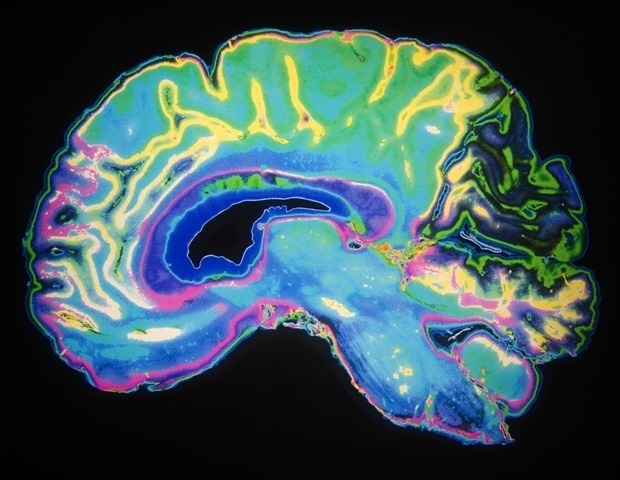Researchers have identified a key neural switch that controls whether animals instinctively flee from a threat or freeze in place. By comparing two closely related deer-mouse species, they found that this switch is calibrated by evolution to match the animal’s habitat. This neural circuit is hypersensitive in mice living in densely vegetated environments, causing instant escape, but less responsive in their open-field cousins, who are more likely to freeze. In doing so, the research team uncovered an important way in which evolution fine-tunes the brain for survival.
Flee or freeze?
In nature, survival hinges on making the right split-second choice when danger strikes, and the brain’s defensive circuits are built for exactly that task. Yet what counts as the “right” response depends on the landscape: in cluttered woods, swift flight into the underbrush can save your life; on exposed grassland, motionless hiding buys time. How does evolution solve this puzzle?
In a new study published in Nature, an international research team from Belgium and the USA has uncovered an elegant mechanism that, by tweaking the sensitivity of a danger-response hub in the brain, tailors behavior to each environment without redesigning the whole system.
Forest mice vs open-field mice
When a shadow of a potential predator looms overhead, forest mice (Peromyscus maniculatus) dash for cover, while their open-field cousins (Peromyscus polionotus) freeze in place. The researchers set out to pinpoint the brain switch that sets those opposite instincts.
To precisely measure escape behavior, we presented both types of mice with stimuli that resembled an aerial predator in a controlled environment. We found that open-field mice required roughly twice the stimulus intensity to trigger escape compared with their forest relatives, indicating a substantial difference in how they processed the threat stimulus.”
Felix Baier, co-first author and part of the research team at Harvard
A switch in the brain
Using cutting-edge neural recordings with Neuropixels probes and manipulation techniques, the researchers traced these behavioral differences to a central command hub for escape actions: the dorsal periaqueductal gray (dPAG), a group of neurons deep in the brain. “We were surprised to find that evolution acted in a central brain region, downstream of peripheral sensory perception, because for evolution to change a behavior, it has often been thought that the easiest and most efficient way would be to just change the sensory inputs,” says Baier.
Both species perceive the looming threat identically as evidenced by comparable responses along the circuit from the eye to the dPAG when the animals saw the stimulus without reacting to it. However, the activation of the dPAG differed significantly in the case where the mice escaped from the threat.
“Our monitoring of neural activity revealed a stark contrast: in forest deer mice, escaping from a potential threat in the sky is enabled by an instant ‘run’ command in the dPAG, whereas the dPAG of its open field cousin does not send any such commands. This divergence can be understood as an evolutionary repurposing of neural circuits to finetune survival response,” says Katja Reinhard, who is the other co-first author and a former postdoc at NERF (part of imec, KU Leuven and VIB), now leading her own group at SISSA, Italy.
Further, by using advanced methods that let scientists activate or silence specific brain regions, the team demonstrated a causal connection. Artificially stimulating dPAG neurons in forest mice made them escape even in the absence of a threat. Conversely, using chemical methods to dampen dPAG activity raised their escape threshold, making their behavior more like that of their cousins.
Built-in flexibility
The study not only sheds light on how instinctive behaviors like freezing or fleeing are controlled but also underscores the flexibility of the brain’s internal architecture, explain lead authors Prof. Karl Farrow (imec, KU Leuven, VIB) and Prof. Hopi Hoekstra (Harvard).
Farrow: “By comparing these two related species we uncovered a switch that balances freeze versus flight, showing how natural selection fine-tunes behavior without rewiring the senses.”
Hoekstra: “Our new discovery illustrates a fundamental evolutionary principle: natural selection often tweaks existing neural circuits rather than constructing entirely new pathways.”
Source:
Vlaams Instituut voor Biotechnologie
Journal reference:
Baier, F., et al. (2025). The neural basis of species-specific defensive behaviour in Peromyscus mice. Nature. doi.org/10.1038/s41586-025-09241-2.
